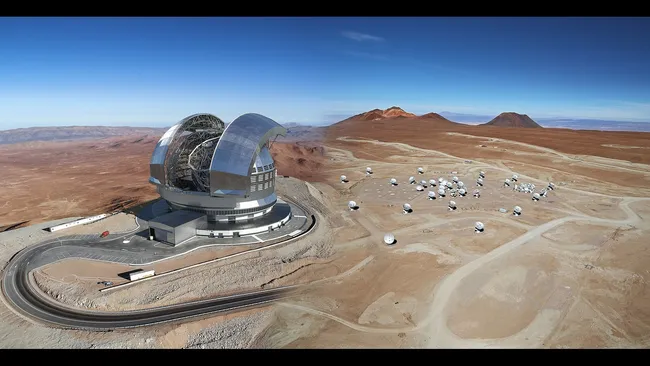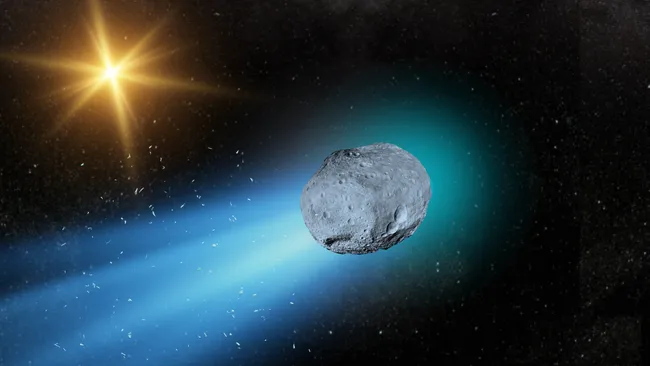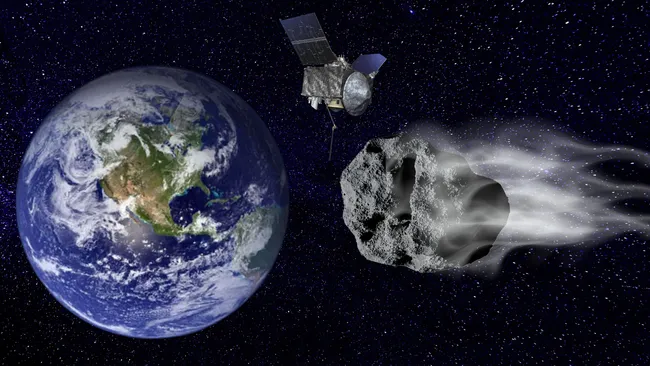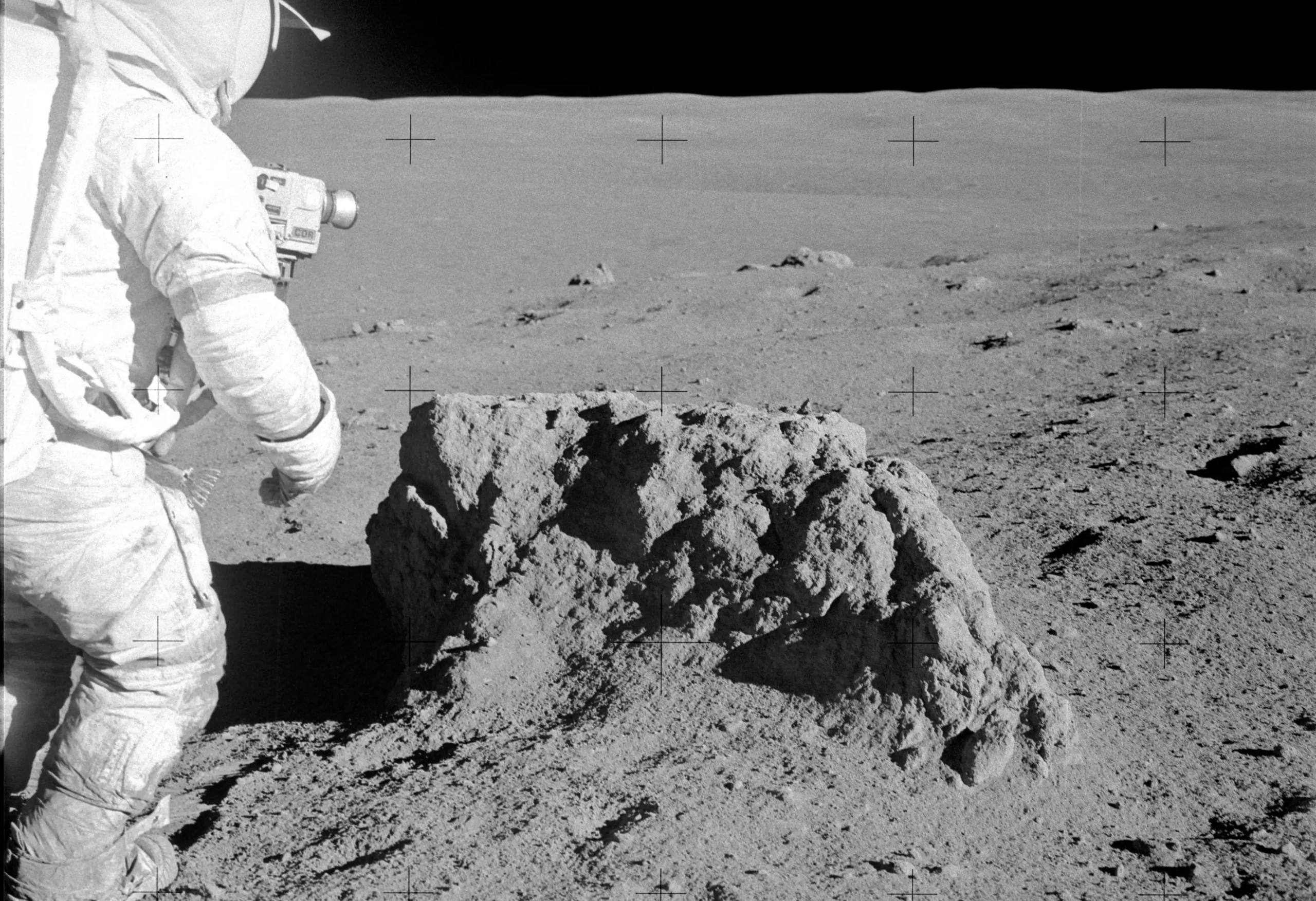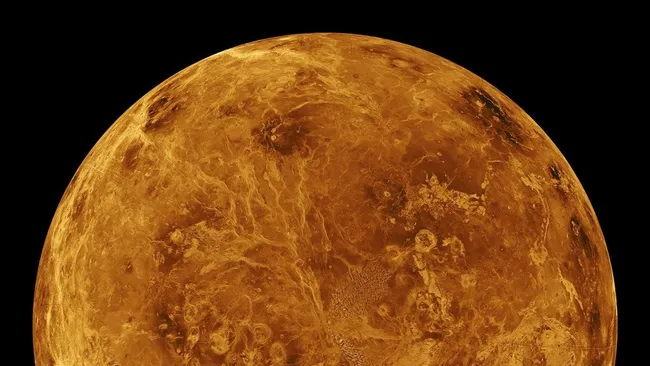In an astonishing turn of events, a rare snowfall blanketed the Atacama Desert, the driest region on Earth, shutting down operations at the Atacama Large Millimeter/submillimeter Array (ALMA) — the world’s most powerful radio telescope.
The storm hit ALMA’s Operations Support Facility at 9,500 feet (2,900 meters) altitude in northern Chile. This marks the first recorded snowfall at the base camp in over a decade, triggering the observatory’s emergency “survival mode.”
“It doesn’t snow every day at ALMA!” officials from the observatory told Live Science. Perched on the Chajnantor Plateau at 16,800 feet (5,104 m), ALMA typically sees only three snowfalls a year — and almost never at its lower-altitude base.
Meteorologists attribute the event to an unstable cold core system affecting northern Chile, bringing gusts up to 100 km/h (62 mph) and dangerously low temperatures — as cold as -18°C (-0.4°F) with wind chill.
Observatory Enters “Survival Mode”
To protect the high-precision instruments, all 66 antennas were repositioned downwind to avoid damage from heavy snow or wind gusts. Scientific activities were immediately suspended, and snow-removal crews are on standby to begin antenna inspections once the weather clears.
Ironically, post-snowfall conditions offer ideal observations due to lower humidity, making a quick recovery critical.
Climate Implications
Though snowfall is common in Chile’s higher Andes, its appearance at ALMA’s base elevation is highly unusual. Climatologist Raúl Cordero noted that while it’s too early to attribute this specific storm to climate change, climate models suggest precipitation may increase in the Atacama region due to global warming.
The Atacama Desert typically receives only 0.04 to 0.6 inches of rainfall annually, and some regions go years without measurable precipitation. This event, paired with recent extreme weather in northern Chile, has raised concerns that even the world’s driest areas are no longer immune to climate instability.
As climate change reshapes Earth’s most inhospitable environments, questions now surround ALMA’s long-term resilience. Can even the world’s top telescopes withstand a rapidly changing climate?

